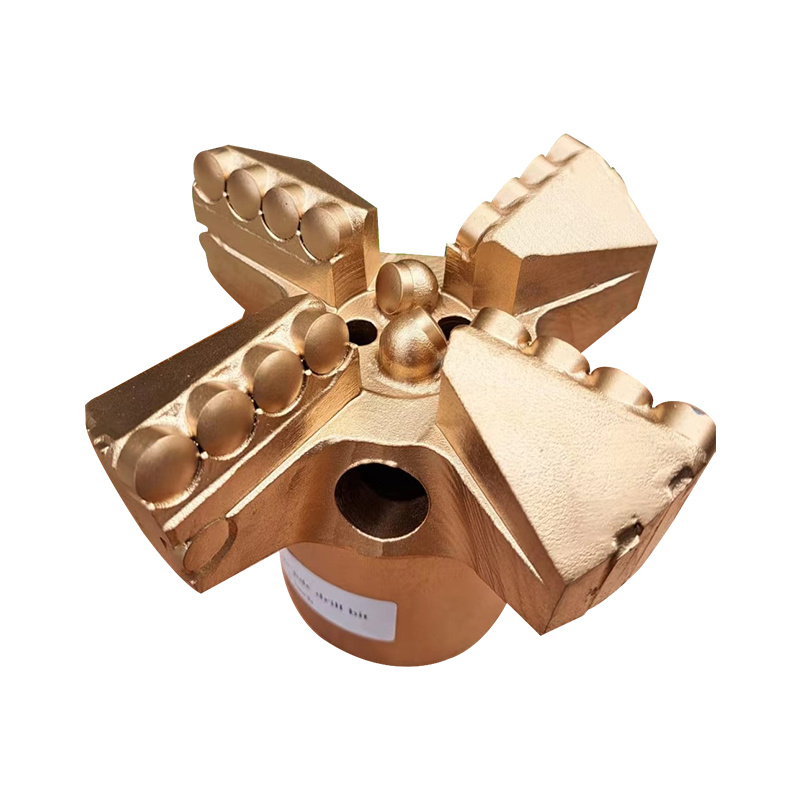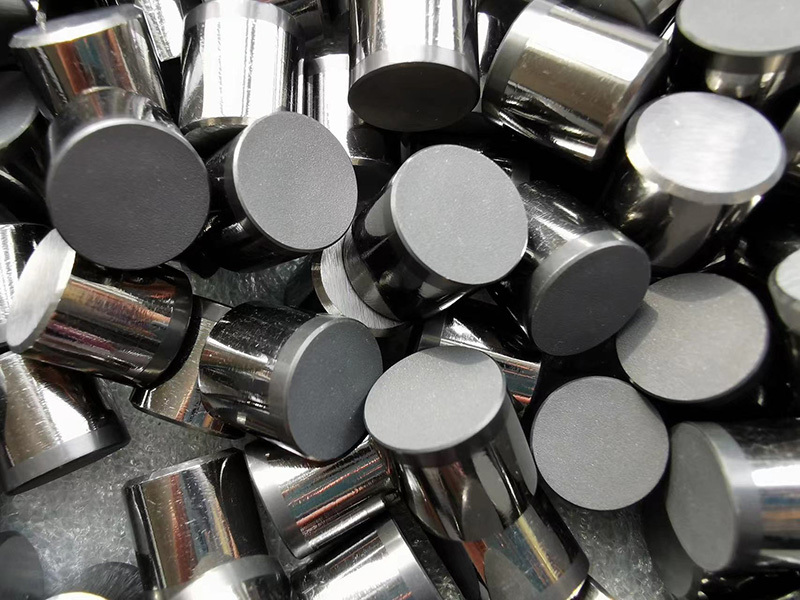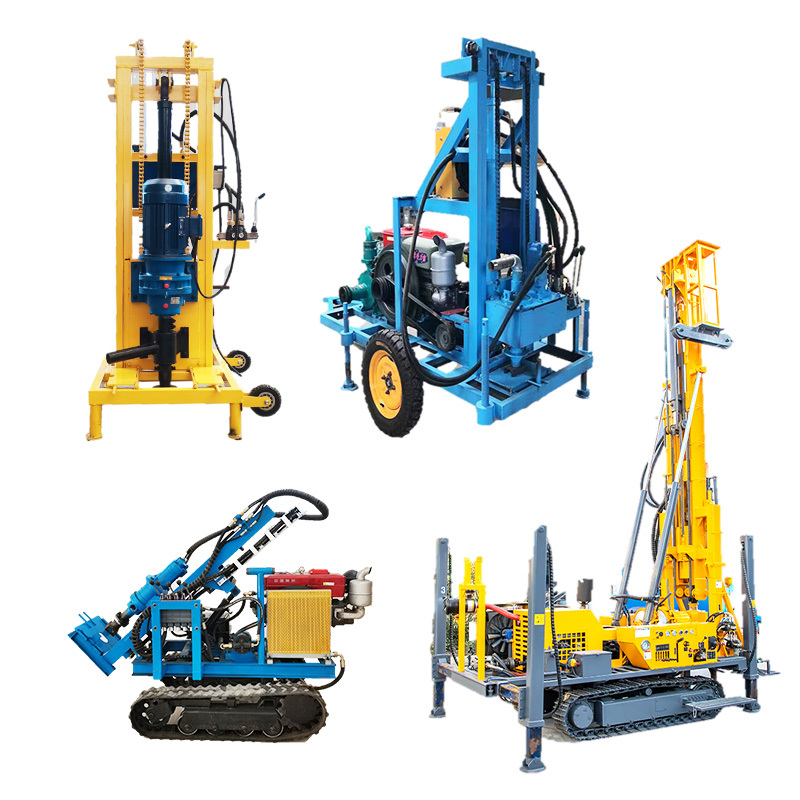What Does IADC537 Mean for Tricone Bit Selection?
Jun 27,2025
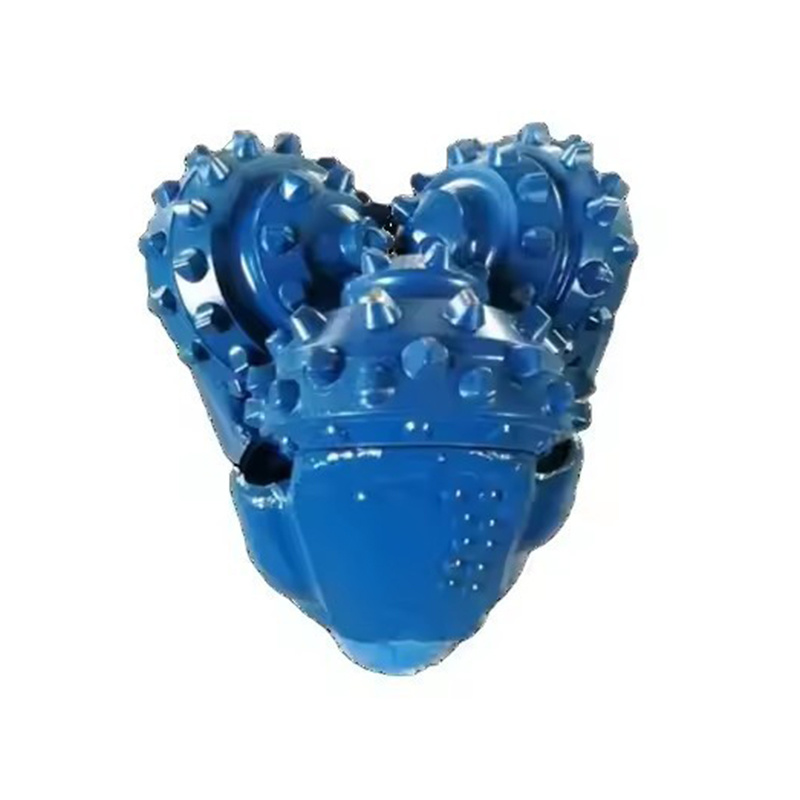
Understanding IADC drill bit codes is crucial for efficient drilling operations in oilfields and mines. The International Association of Drilling Contractors (IADC) classification system translates complex bit specifications into a simple three-digit "language". The IADC537 code reveals critical performance characteristics at a glance.
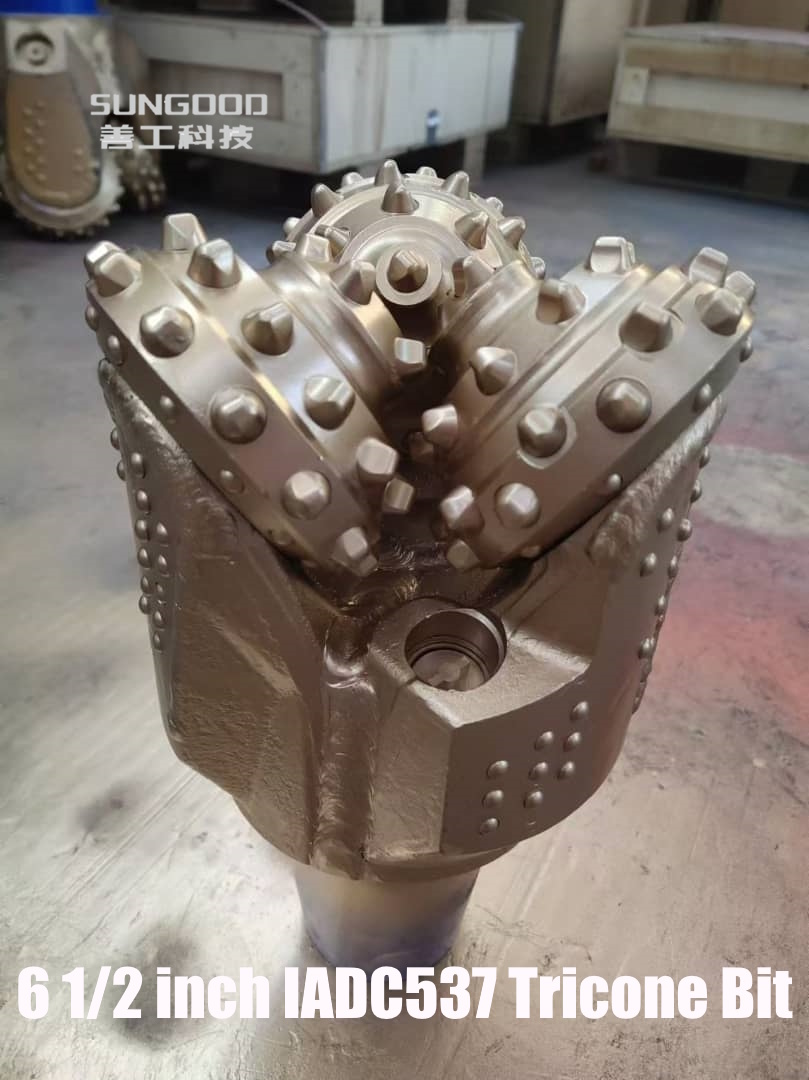

Decoding IADC537: Three Digits, Three Meanings
Each digit in IADC537 defines a core specification:
- First Digit '5': Identifies an insert bit (tungsten carbide inserts). Designed for medium-soft formations with low compressive strength, offering superior wear resistance versus steel tooth (mill tooth) bits.
- Second Digit '3': Specifies formation hardness within the medium-soft range. A '3' denotes suitability for formations containing hard, abrasive stringers or interbeds (Scale: 1=softest, 4=hardest in category).
- Third Digit '7': Indicates sealed journal bearings (high load capacity, reliability) and gauge protection (maintains hole diameter despite wear).
Typical IADC537 features include an optimized tooth pattern (e.g., large diameter conical inner rows + wedge outer rows) creating a dual cutting structure for enhanced penetration in layered formations.
IADC537 Application: Conquering Interbedded Formations
The IADC537 drill bit excels in medium-soft formations plagued by abrasive hard stringers. Prime targets include:
- Shale with chert nodules/streaks
- Interbedded soft limestone and hard sandstone
- Dolomite with hard anhydrite layers
Using a soft formation bit (e.g., IADC517) risks catastrophic tooth damage on hard stringers, while a hard formation bit (e.g., IADC637) drills inefficiently in softer sections. The IADC537 strikes the perfect balance. SUNGOOG TECH field data confirms IADC537 bits can extend service life by over 40% compared to generic bits in cherty shale formations.
Beyond IADC537: Key Codes for Every Formation
The IADC system covers diverse drilling challenges:
- Steel Tooth (Mill Tooth) Series:
- IADC127: Soft formations (clay, unconsolidated shale, salt)
- IADC137: Soft to medium-soft formations (with minor hard stringers)
- IADC127: Soft formations (clay, unconsolidated shale, salt)
- Insert Bit Series:
- IADC517: Soft formations (gumbo shale, gypsum, salt, soft shale) - The "softer" sibling of 537.
- IADC617/627: Medium-hard formations (hard shale, limestone, sandstone, dolomite).
- IADC637/647: Hard, abrasive formations (quartzitic sandstone, chert, hard dolomite) - The "harder" sibling of 537.
- IADC737/837: Extremely hard, abrasive formations (granite, basalt).
- IADC517: Soft formations (gumbo shale, gypsum, salt, soft shale) - The "softer" sibling of 537.
Mastering IADC Coding Logic
The IADC system follows a precise hierarchy:
- 1st Digit (1-8): Bit Type & Formation Class
- 1-3: Steel Tooth (1 softest, 3 hardest)
- 4: Reserved
- 5-8: Insert Bit (5 softest, 8 hardest)
- 1-3: Steel Tooth (1 softest, 3 hardest)
- 2nd Digit (1-4): In-Category Hardness/Abrasiveness
- Higher numbers = harder, more abrasive formations.
- Higher numbers = harder, more abrasive formations.
- 3rd Digit (1-9): Bearing & Gauge Design
- 4-5: Sealed Roller Bearing
- 6-7: Sealed Journal Bearing (e.g., IADC537's '7')
- 8: Special (e.g., Directional Drilling)
- 4-5: Sealed Roller Bearing
- Suffix Letters (e.g., G, L, S): Denote enhancements like gauge protection (G), leg bolstering (L), or hydraulic optimization (S).
Conclusion: Precise IADC Coding Enables Optimal Drill Bit Selection
The IADC537 code signifies the ideal drill bit for medium-soft, interbedded formations. For granite or basalt, look to IADC737+ codes with specialized features (e.g., HF series). Accurate IADC drill bit selection is fundamental to drilling efficiency and cost control.
SUNGOOG TECH integrates IADC standards with formation analytics and real-time drilling data within our intelligent drill bit selection platform. We match the optimal bit to your specific geology, minimizing trial-and-error and maximizing ROP and tool life.
Contact Us







